Home (theory of the ego death and rebirth experience)
Christian Mushroom Trees
See also
Wasson and Allegro on Amanita Mushroom Trees in the Bible
Annotated Pages from Wasson’s Books Soma and Persephone’s Quest
Contents
Bory’s
Plaincourault Lookalike Painting
Montecassino
Illustration Showing Psilocybe and Mandrake
Other
Depictions of Mandrake, for Comparison.
Eustace
window at Chartres with Many Mushroom Trees
Gideon
and the Fleece -- Window at Laon Showing Multiple Mushrooms
Canterbury
Psaltery Showing Cluster of Mushroom Fruiting-Bodies
Mushroom
Matching the Canterbury Psaltery
Mushroom
Matching the Canterbury Psaltery
Mushroom
Matching the Canterbury Psaltery
Mushroom
Matching the Canterbury Psaltery
Mushroom
Matching the Canterbury Psaltery
Cluster
Matching the Canterbury Psaltery
Cluster
Matching the Canterbury Psaltery
Cluster
of Mushrooms Like White One in Canterbury Psaltery
Cluster
Matching the Canterbury Psaltery
Cluster
Matching the Canterbury Psaltery
Ball
on Stem with Unbroken Veil
Christian
Art: Eusebian Letter with Portrait of Eusebius, Showing Mushroom Trees
Christian
Art: Erevan, Matenadaran: ‘Baptism’, mid-11th century. – Several Mushroom Trees
Water-from-Rock
Ossuary, Matching Psilocybe
Mushrooms
Showing Lines on Stem Like Flowing Water
The
Mushroom in Mithra’s Leg and Hem
Cluster
with Water Stream Flowing from Pancake.
Mushrooms
That Look Like Mushroom Trees
Mushrooms
Forming a Semicircle Like Tree Canopy.
Upturned
Cap with Designs Like Foliage Detail
Amanita
with Teeth Veil Remnants
Mushrooms
that Look Like Buns or Bread
Comments
So much for the theory that the Church of the Middle Ages didn't know the Eucharist was visionary plants, a theory that is all too favored by the over-extreme rabidly anti-Christianity entheogen scholars who wish to tell a story of 2000 long years of complete darkness and suppression. Against that false story driven too much by black-and-white moral tale or counter-moralizing that overshoots its mark and swings the pendulum too far, the evidence forces us to assume that the Church to a significant extent was conscious that the Eucharist was visionary plants.
So it is time to go back and rewrite the story that the entheogen scholars have been trying to tell so far. The moral is, as I have always pointed out, the way to win the battle is not to pose it as a good-guys vs. bad-guys us-vs.-them high-school vulgar oversimplistic battle. The way to win is to prove that Christianity has always really been based on the use of visionary plants, even within the official tradition.
Basically, the bishops (some of the important bishops and others) knew and understood full well that the Eucharist was visionary plants: a good number of bishops knew it, a good number of monks/religious knew it, a good number of lay knew it. This wrecks and makes hash out of the too-accustomed story of the entheogen scholars that the big bad Church was the opposite of entheogen use.
The real story is not nearly so simple and clear-cut black-and-white, all-or-nothing. Per the maximal entheogen theory, we ought to do the opposite and assume that Christianity was always, everywhere, for everyone, consciously and matter-of-factly entheogenic -- and then only back down from that maximal assumption as we are forced to do so by the negative evidence.
An uncomprehending and blunt blanket hatred of Christianity is not the way to win the entheogenic case. The way to win is to enter the belly of the beast and reveal the great extent to which it has always been knowingly entheogen-driven.
There are many more instances; see for example Entheos Issue 1. As Panofsky writes, “The Plaincourault fresco is only one example ... of a conventionalized tree type, prevalent in Romanesque and early Gothic art, which art historians actually refer to as a ‘mushroom tree’... there are hundreds of instances exemplifying this development... ”.
I walked into a used bookstore and found all these clear, ideal examples of mushroom trees and blatant mushrooms in the first 10 minutes. In this bookstore visit, it took only 10 minutes to gather 9 strong examples of mushroom portrayals in Christian art, thus successfully calling into question the familiar assumption that "visionary plants are rare in Christian art". I'm not counting the many Datura-lilies seen in this visit.
Entheos journal has shown many such mushroom trees.
Plaincourault Fresco

The Plaincourault fresco.
Bory’s Plaincourault Lookalike Painting

Bory’s mid-20th Century painting that’s a copy (imitation, re-creation) of the original fresco.
Italian Umbrella Pines
The art historians Wasson communicated with around 1952 claimed that Christian mushroom trees are impressionistic stylizations of Italian Umbrella pines.
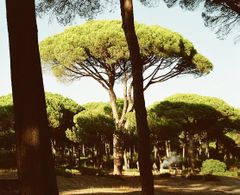

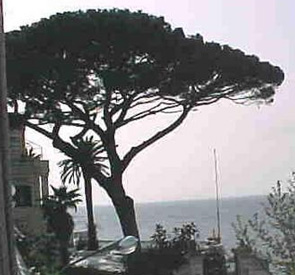
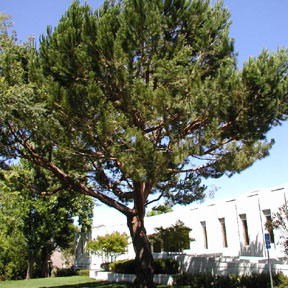
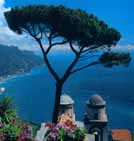


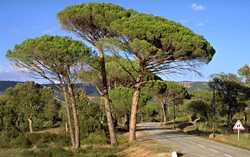
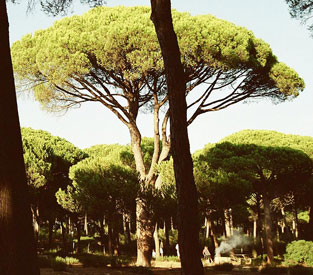
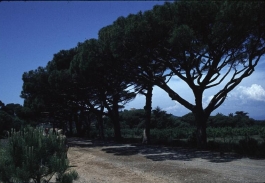
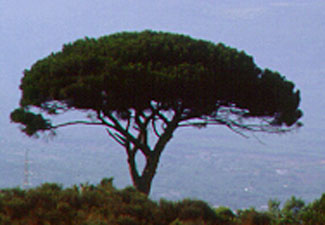
Montecassino Illustration Showing Psilocybe and Mandrake
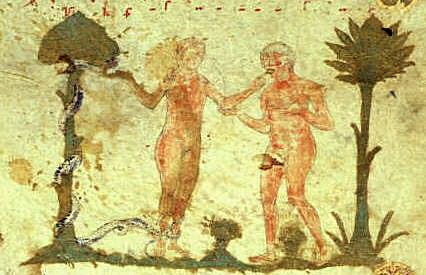
Mushroom-shaped and mandrake-shaped
Other Depictions of Mandrake, for Comparison
Other depictions of mandrake, for comparison:

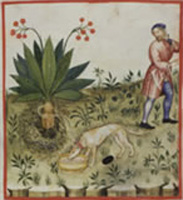


Eustace window at Chartres with Many Mushroom Trees
Emile Mâle (Dora Nussey, tr.), The Gothic Image: Religious Art in
Page 3 shows a
Information from the book: “Fig. 1.-- The Sky, Water, and
Trees. From the Legend of St. Eustace. Window at
The book presents black-and-white renderings of stained-glass windows.
275 “Legend of St.
Eustace (first part, window at

The above is a portion of the window, shown below. Imagine the same detail and sharpness for the whole window.
Full Eustace window
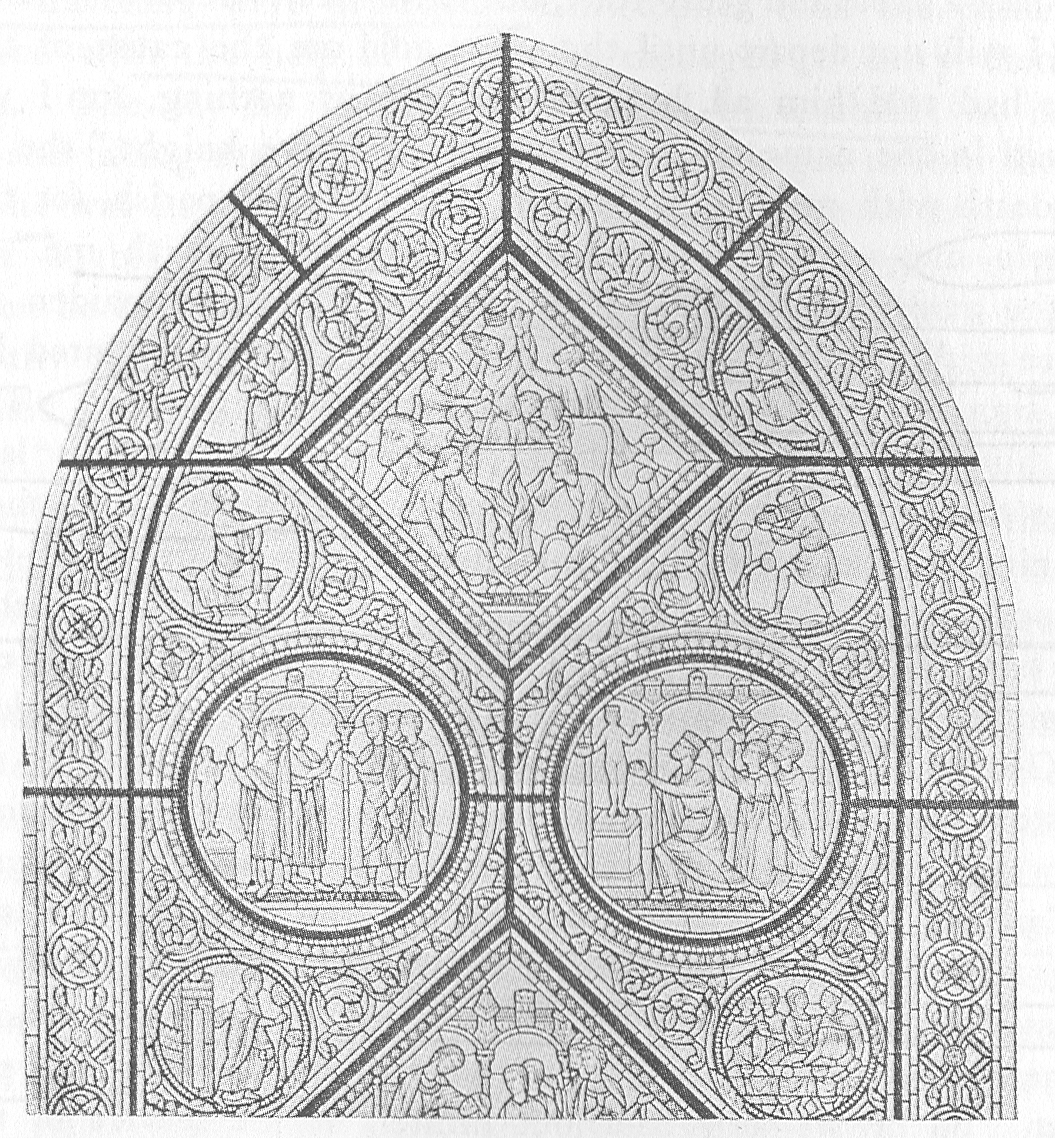
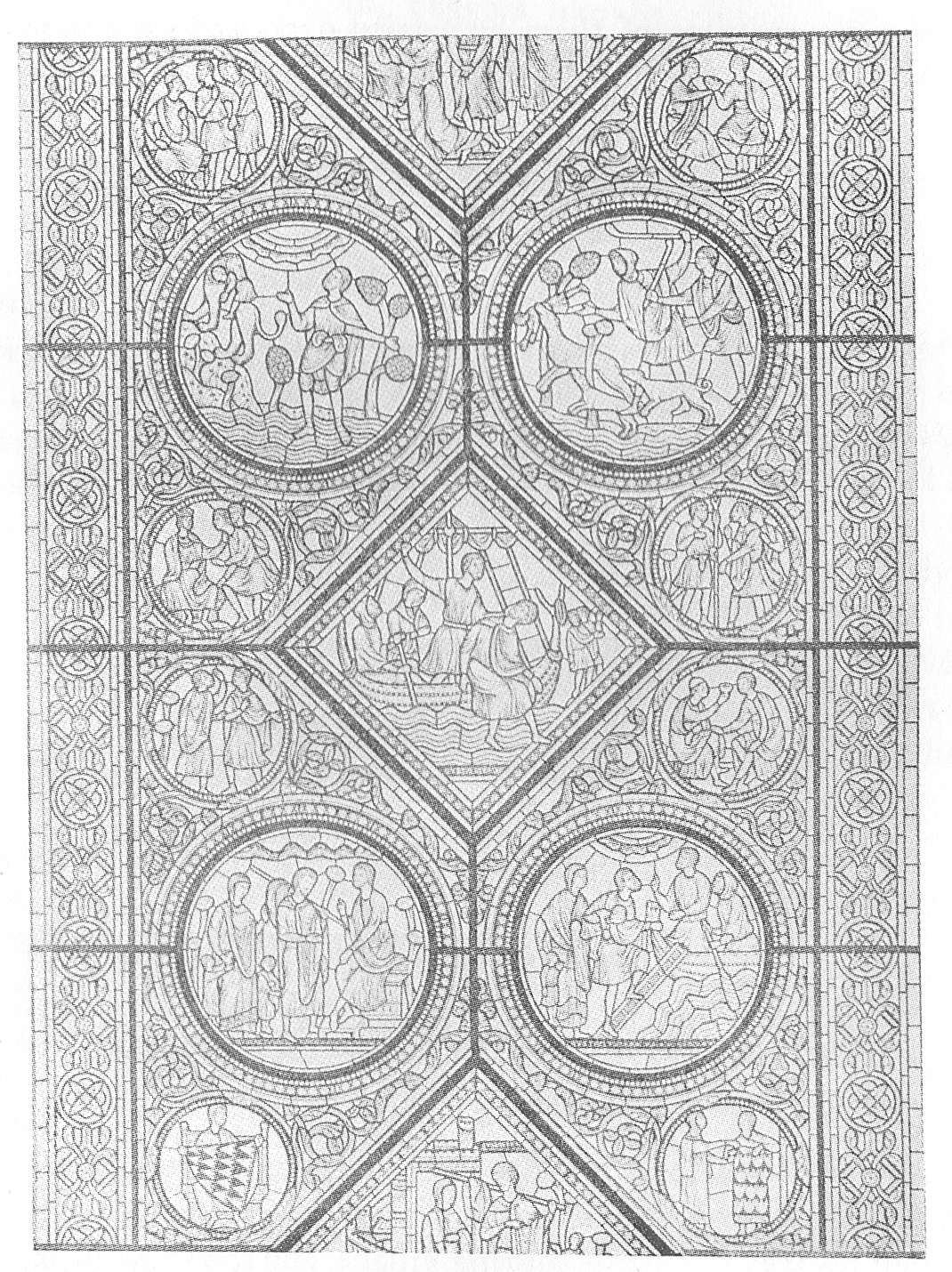

Gideon and the Fleece -- Window at Laon Showing Multiple Mushrooms
Page 16 of the same book shows a stained-glass window with a couple fairly good mushroom trees, below.
Information from the book: “Fig. 8.-- Gideon and the Fleece (window at Laon) (From Florival and Midoux, by permission of M. de Florival).
This is a scan of the black-and-white rendering in the book:
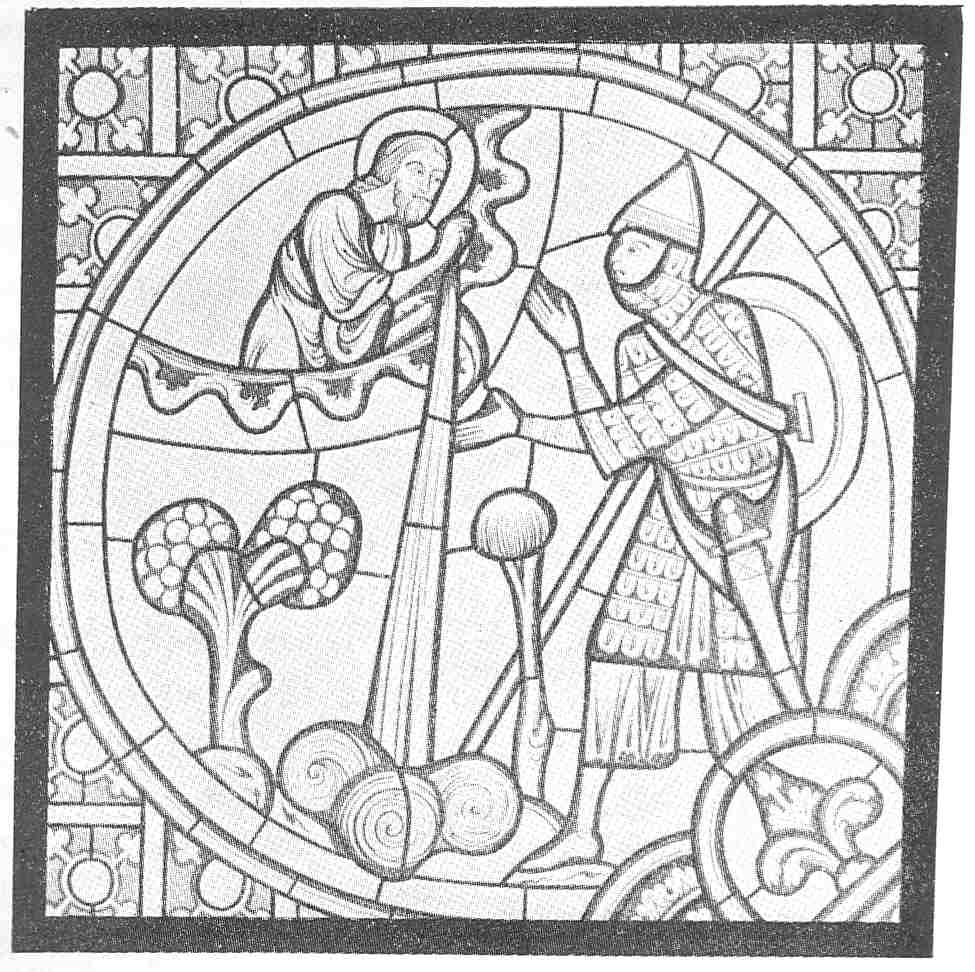
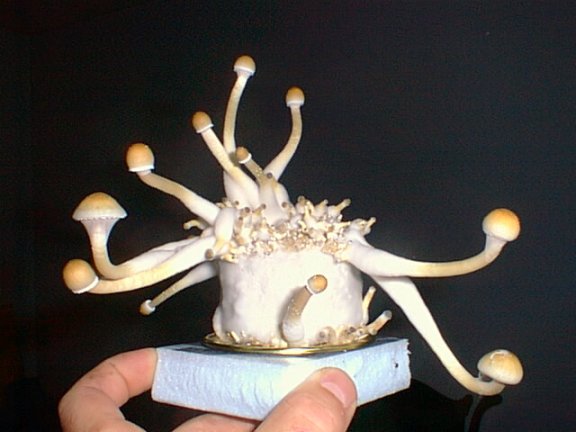
The 2nd from the left looks like several Christian mushroom trees.
Canterbury
The below is from the Canterbury Psaltery, early 12th C. It appears in Marc Lachieze-Rey and Jean-Pierre Luminet, Celestial Treasury: From the Music of the Spheres to the Conquest of Space, 2001, http://www.amazon.com/exec/obidos/ASIN/0521800404, page 178.

Selected areas of the illustration:
![]()

The object held in the hand below the red ball matches the white mushroom in the mushroom tree on the right:
![]()
![]()
Mushroom Matching the Canterbury

This looks like the object held in the hand and the small white mushroom in the cluster.
Mushroom Matching the Canterbury
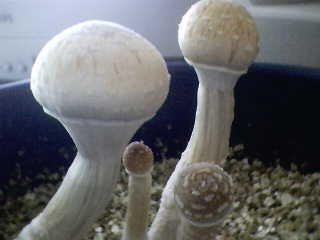
Mushroom Matching the Canterbury
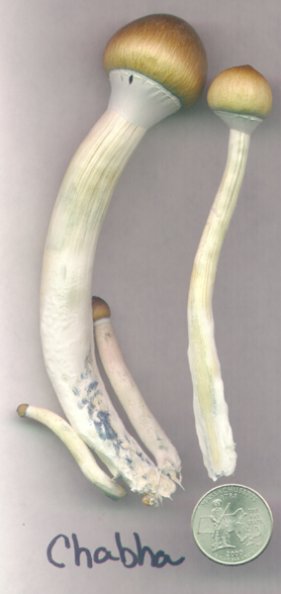
Mushroom Matching the Canterbury
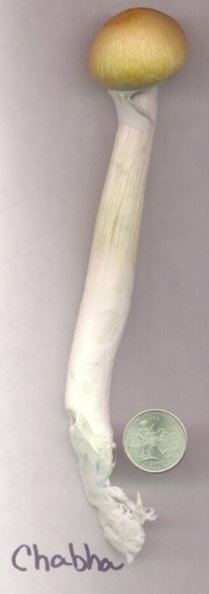
Mushroom Matching the Canterbury
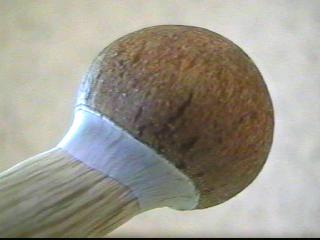
Cluster Matching the Canterbury

Cluster Matching the Canterbury
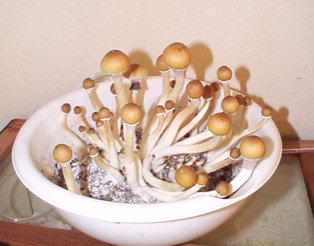
Cluster of Mushrooms Like White One in Canterbury
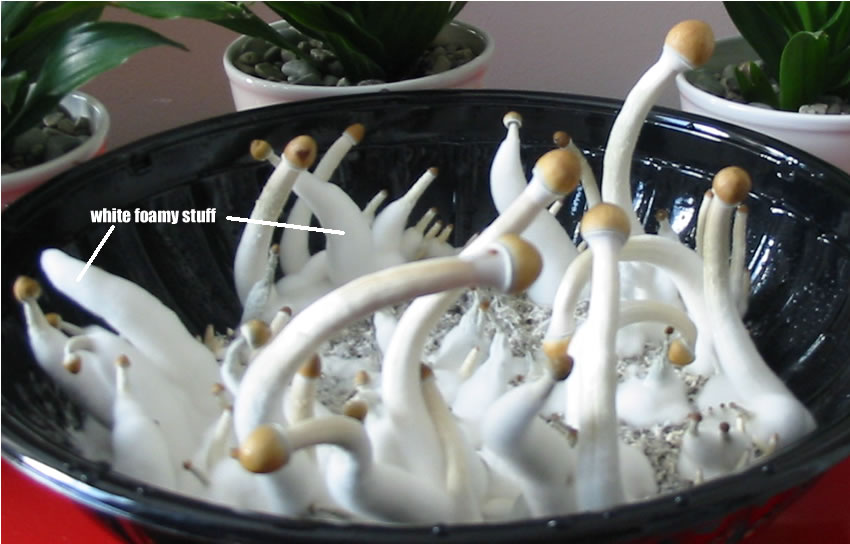
Cluster Matching the Canterbury

Cluster Matching the Canterbury
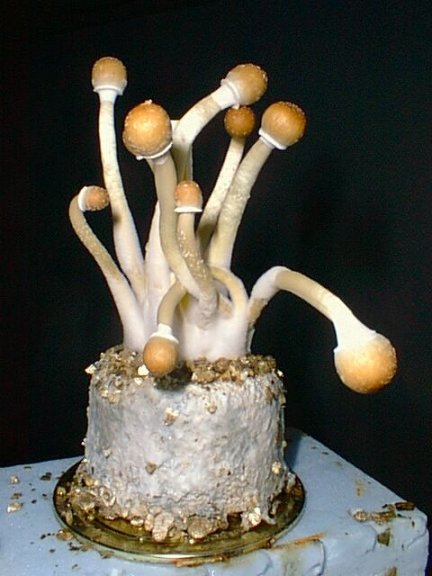
The crossing of stems looks like the mushroom tree cluster’s woven-together trees.
Ball on Stem with Unbroken Veil
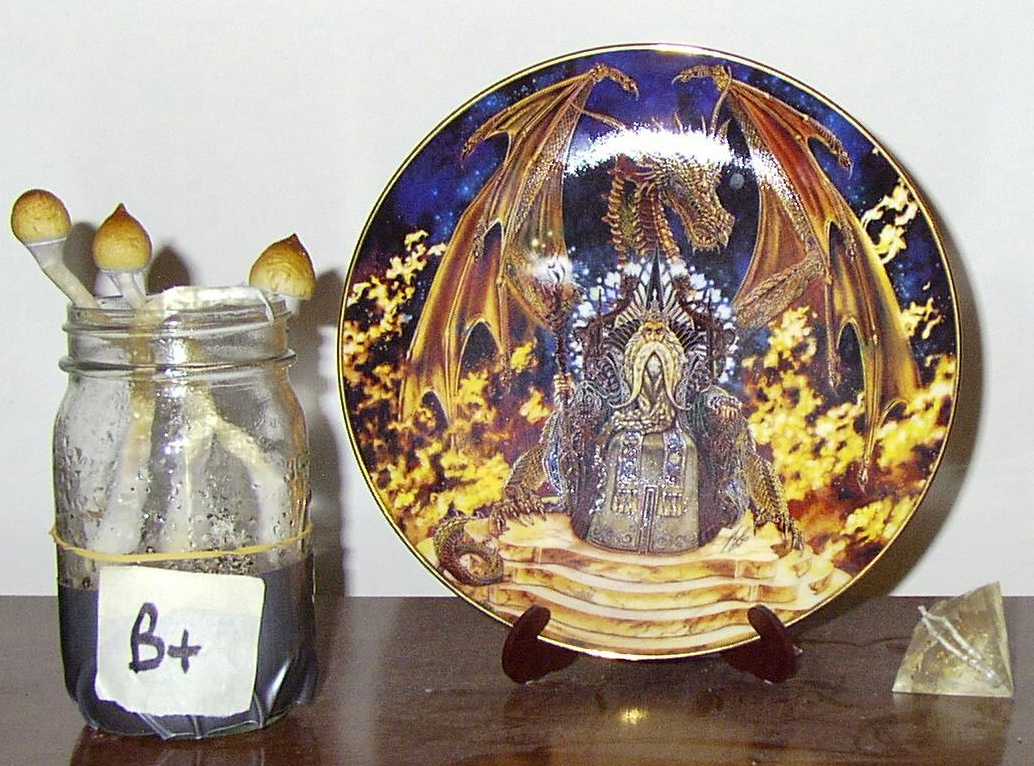
One on left like
Knob & Stem

Ball on Stem

Christian Art: Eusebian Letter with Portrait of Eusebius, Showing Mushroom Trees
Book:
Treasures in Heaven: Armenian Illuminated Manuscripts
Thomas Mathews, Roger Wieck
http://www.amazon.com/o/ASIN/0691037515
June 1994
Page 44 shows a mushroom tree in the lower left.
Information from the book: "Fig. 23 - Eusebian
Letter with Portrait of Eusebius, by the First Painter, 1300-07.
Scan of a photocopy of the black and white rendering in the book:

Below, page 45 shows a mushroom tree in the lower right:
Information from the book: "Fig. 24 - Eusebian
Letter with Portrait of Carpianos, by the First Painter, 1300-07.
Scan of a photocopy of the black and white rendering in the book:
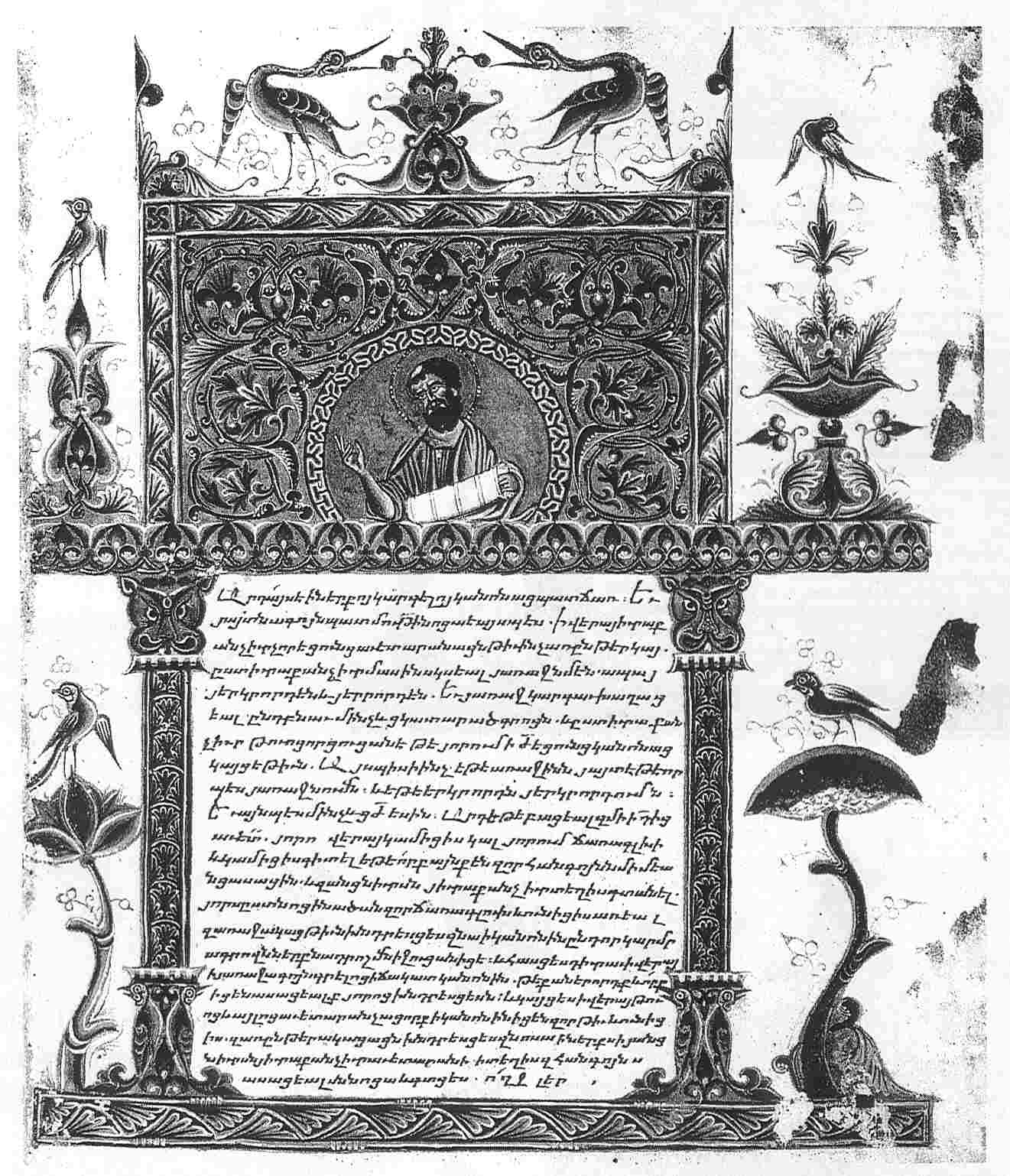
Christian Art: Erevan , Matenadaran: ‘Baptism’, mid-11th
century. – Several Mushroom Trees
Treasures in Heaven: Armenian Illuminated Manuscripts
Thomas Mathews, Roger Wieck
http://www.amazon.com/o/ASIN/0691037515
June 1994
Page 47 has two illustrations -- one has 3 mushroom trees:
Information from the book: "Fig. 27 Baptism,
mid-11th century.

On Page 47, an image shows 2 mushroom trees:
Information from the book: "Fig. 28 Baptism,
mid-11th century.

Page 93 has the illustration just in black and white, of the illustration used for the cover of Bible Review, October 2001, the giant Amanita-cap Last Supper table shown at my page entheogenpicfinds.htm - "Last Supper around an Amanita-cap table". The mushroom is hardly perceivable in this merely black-and-white rendering -- color is essential in cases such as these.
I also have a color photocopy of an Eden cycle showing the tree as generally the same type as a mushroom tree: once the 'mushroom tree' idea was standardized, it was sometimes expressed very subtly: not recognizable by a cap shape, but rather, by the grouping of all the leaves in some shape at the top, and with two cut-off arms -- branch-stubs, leaving a bare or near-bare trunk that, as a result, indicates a mushroom stem. One color picture in this book shows birds nesting in such a loosely portrayed single-top mushroom-tree that doesn't have cap-shaped top, but more of just a circle-top.
Water-from-Rock Ossuary, Matching Psilocybe
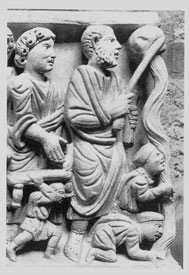
Ossuary showing the vertical “stream of water” (stem) flowing from the “rock” (cap), with guys grabbing and chewing at the stem. A strange way to portray a rock with water flowing from it.
Peter's Water Miracle, from a sarcophagus, 3. 325, Museo
Nationale delle Terme,
This scan is from the book
The Clash of Gods: A Reinterpretation of Early Christian Art
by Thomas F. Mathews
http://www.amazon.com/gp/product/0691009392
p. 87
Mushrooms Showing Lines on Stem Like Flowing Water

The lines on the stem above look like on the water-from-rock ossuary.

Matches Ossuary

The one on the right looks like the water-from-a-rock carving on the Christian ossuary, especially if you were to show lines on the stem as seen in other specimens.
Flowing Water
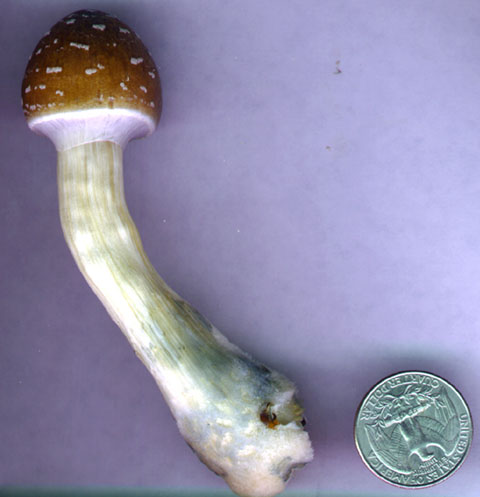
The Mushroom in Mithra’s Leg and Hem
todo: scan
Upward Gesturing

The upturned veil sides are like the cut-off branches’ gesture on Christian mushroom trees.
Gesturing Veil


Cluster
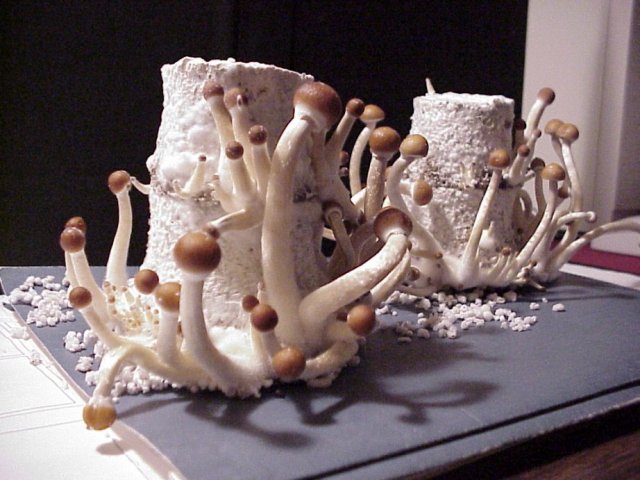
Cluster

Cluster
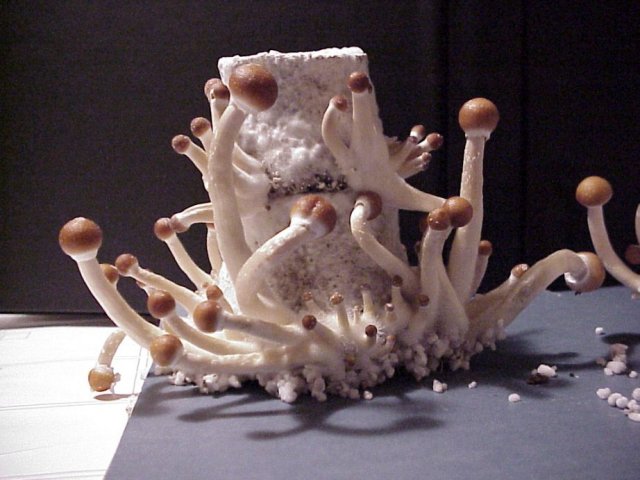

Cluster

Cluster
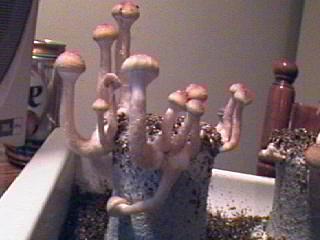
Cluster
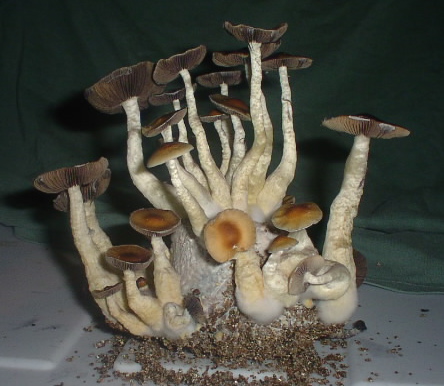
Cluster with Water Stream Flowing from Pancake
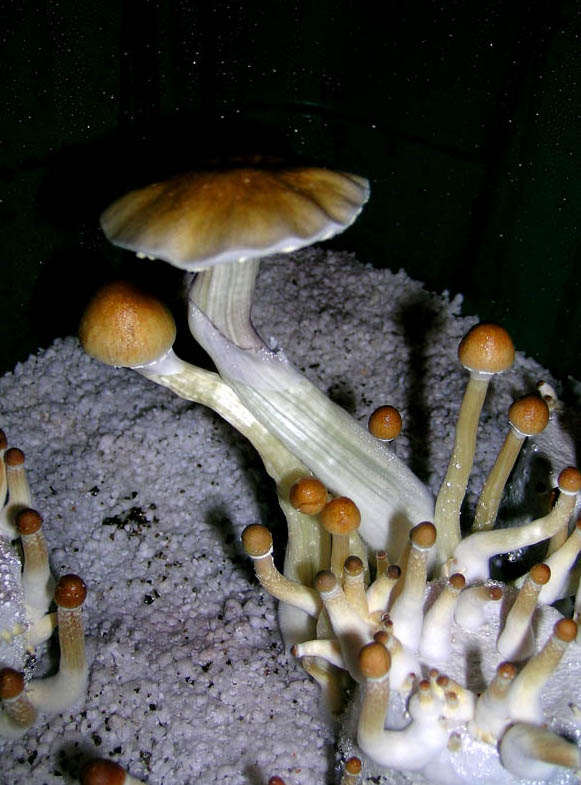
Cluster
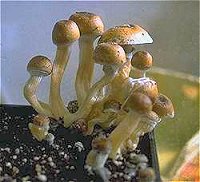
Cluster
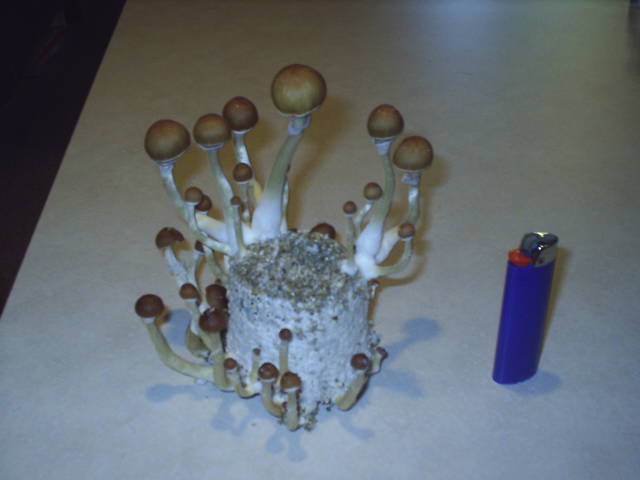
Cluster
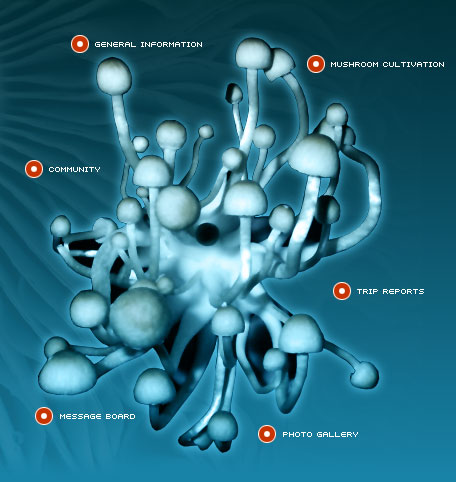
Cluster
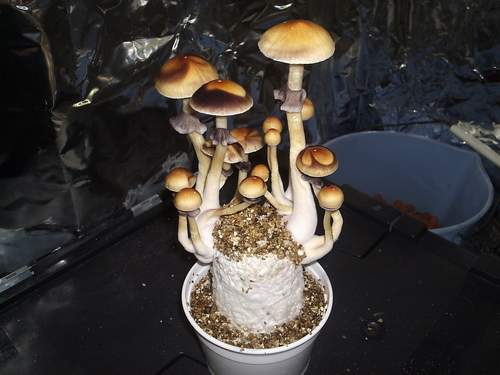
Cluster
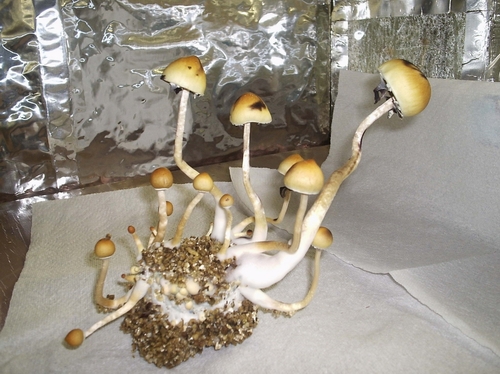
Cluster
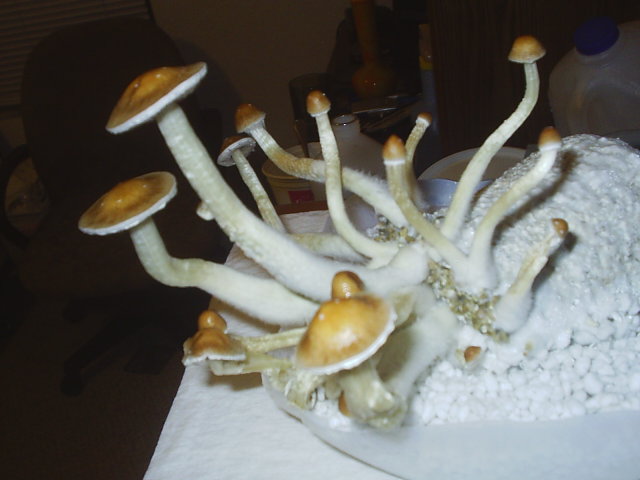
Mushrooms That Look Like Mushroom Trees
Mushrooms Forming a Semicircle Like Tree Canopy
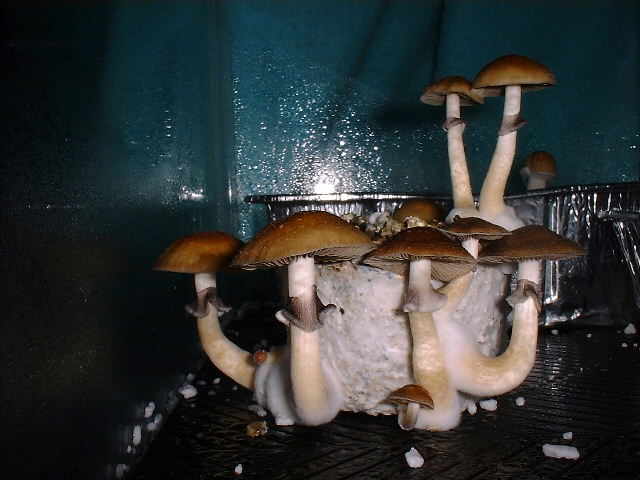
Like Mushroom Tree
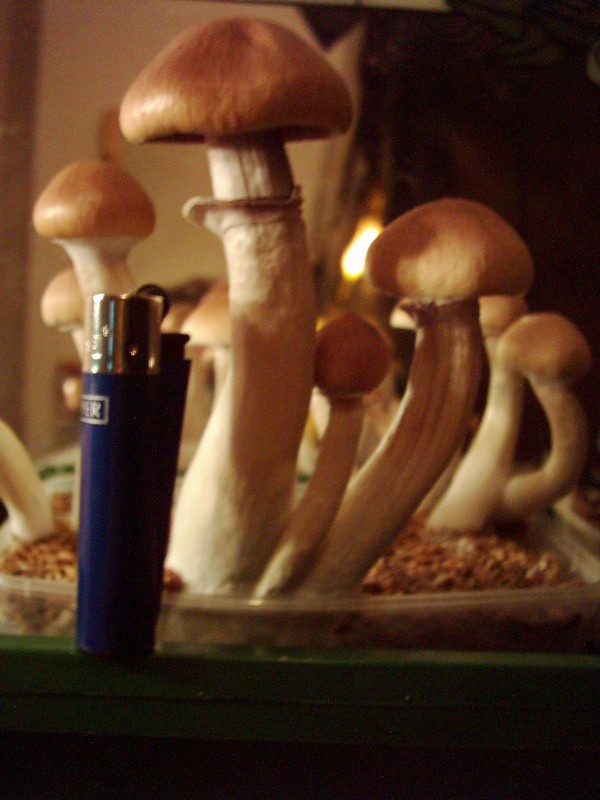
The one on the left above the lighter looks like some Christian mushroom trees because of the rounded top and unbroken veil.
Bun/Tree

The one to the right of the big one looks like some Christian mushroom trees because of the rounded top and unbroken veil. Note the amanita-like veil remnant speckles.
Tree Under-branches
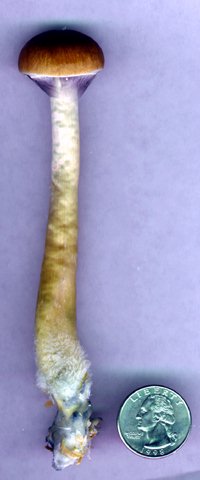
Mushroom Tree
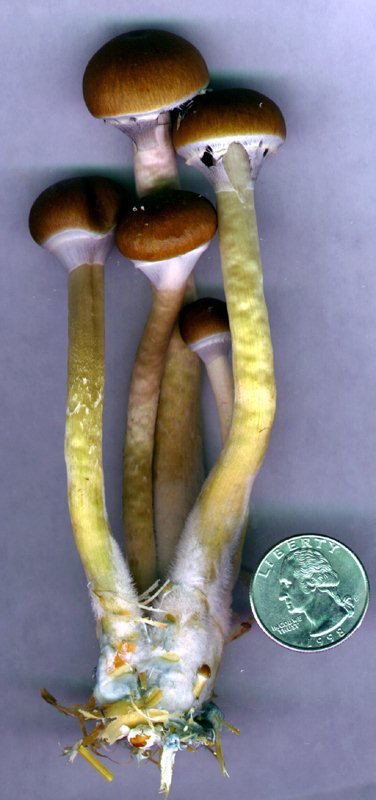
Flattened Tree Tops
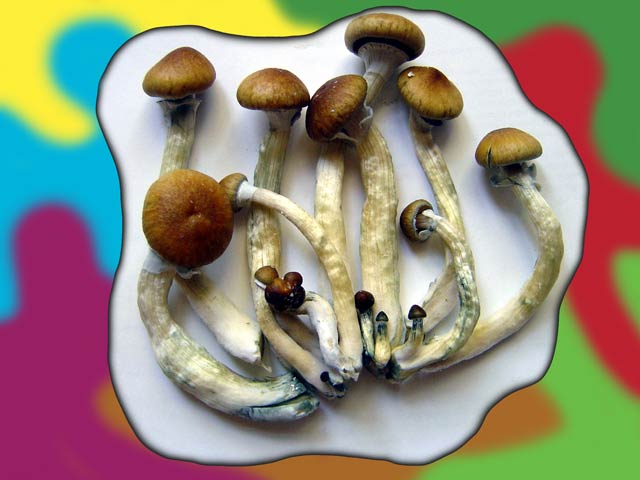
Like Mushroom Trees
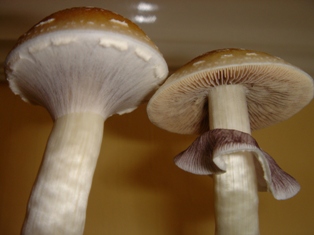
These look like Christian mushroom trees.
Like Mushroom Trees
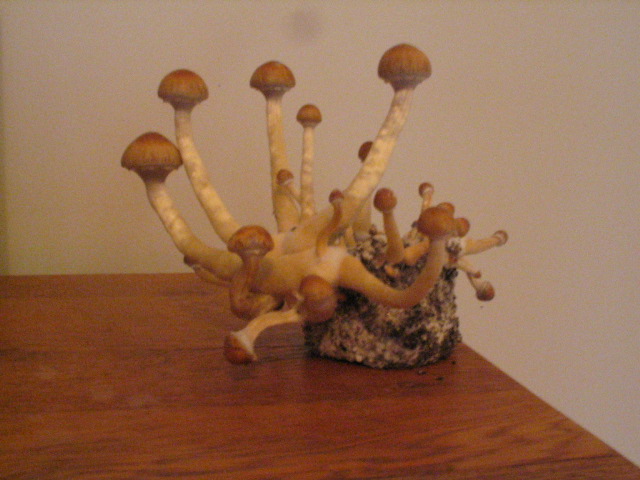
Grove of Tree-Sized Mushrooms
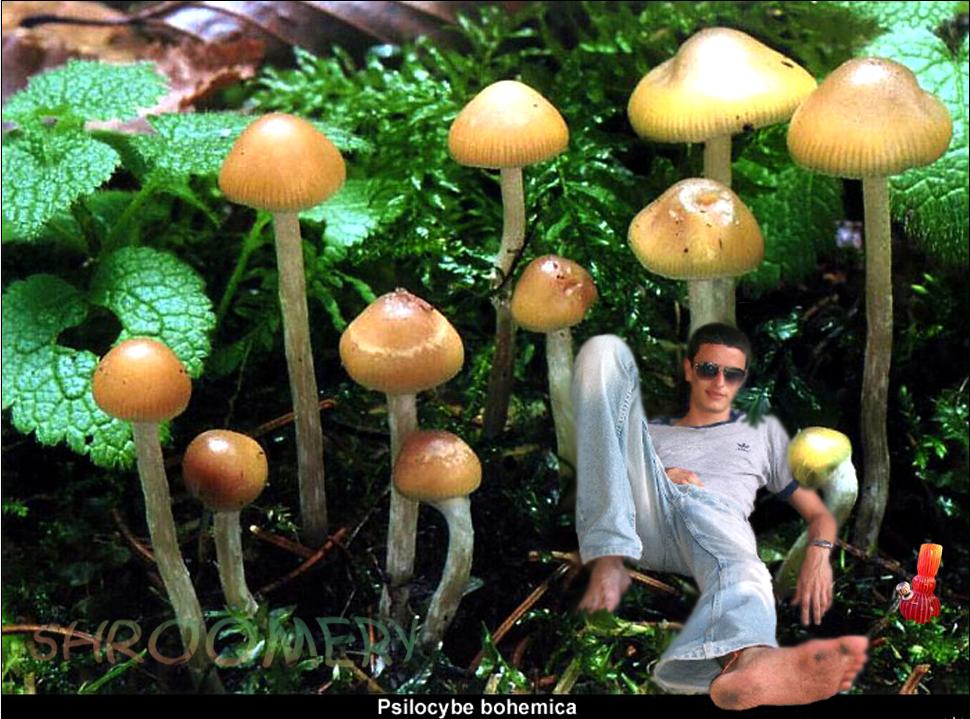
Buns, Like Xn Trees

Like Mushroom Trees
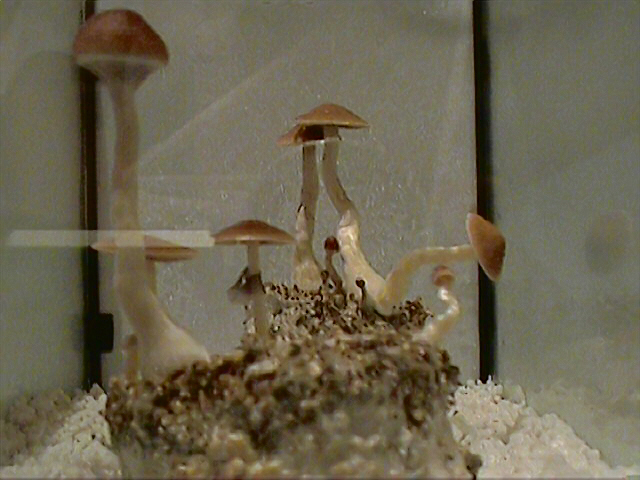
Upturned Cap with Designs Like Foliage Detail

Tall
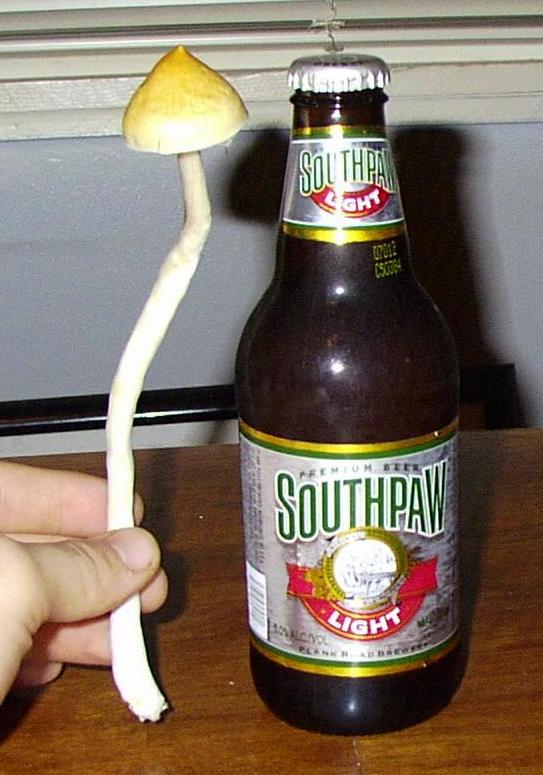
Large Blue-Stained
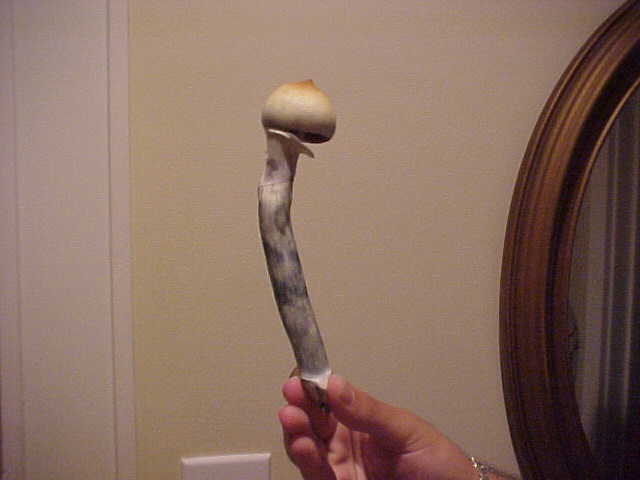
Large Single with Lines
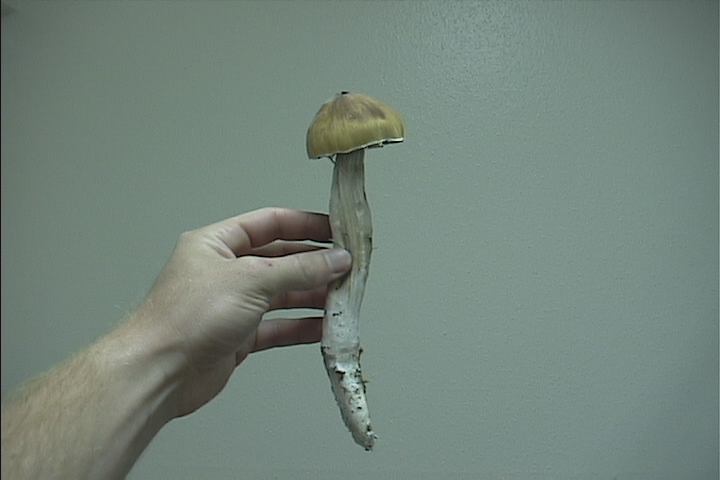
Amanita with Teeth Veil Remnants

Phallic
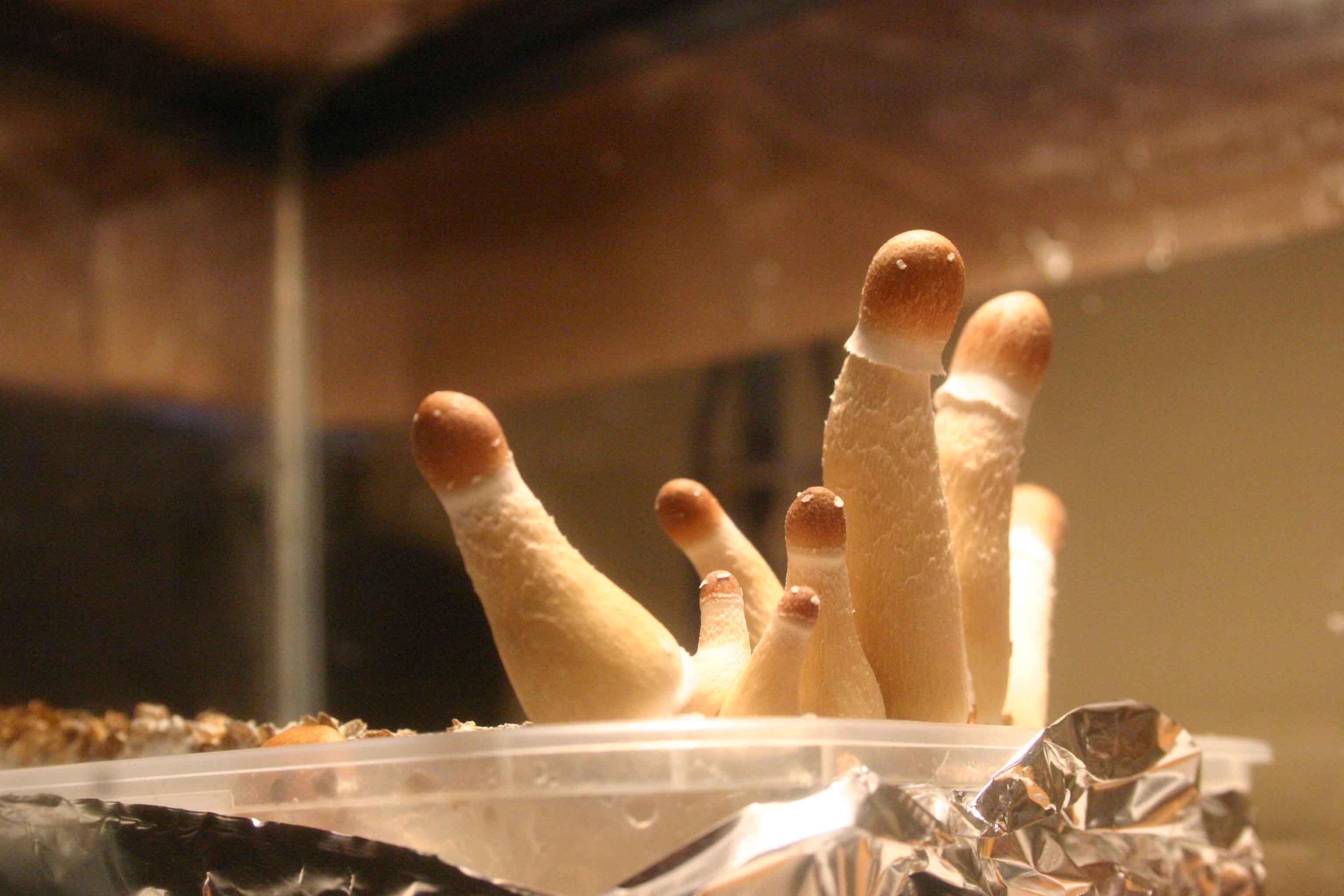
Phallic

Jesus came down from heaven in the likeness of sinful flesh.
Lone
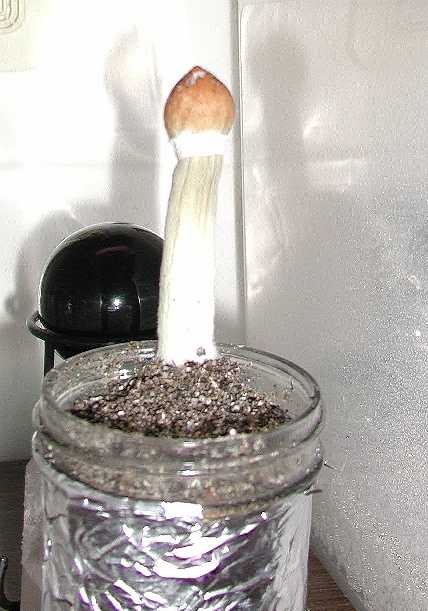
Every Which Way
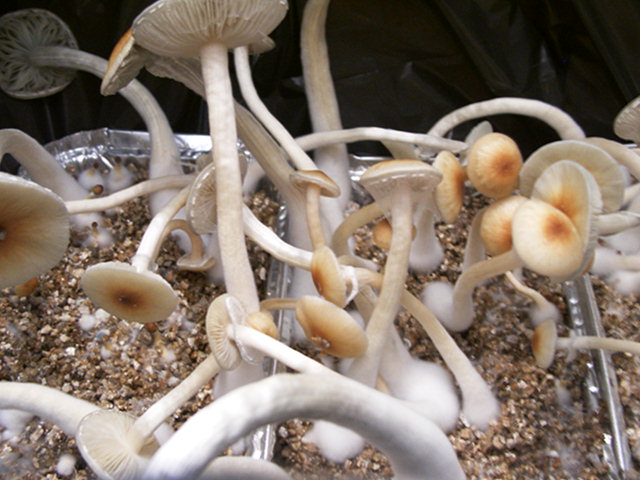
Crossing of Stems
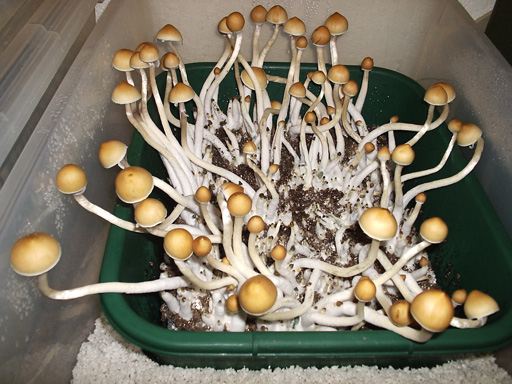
Crossing of Stems
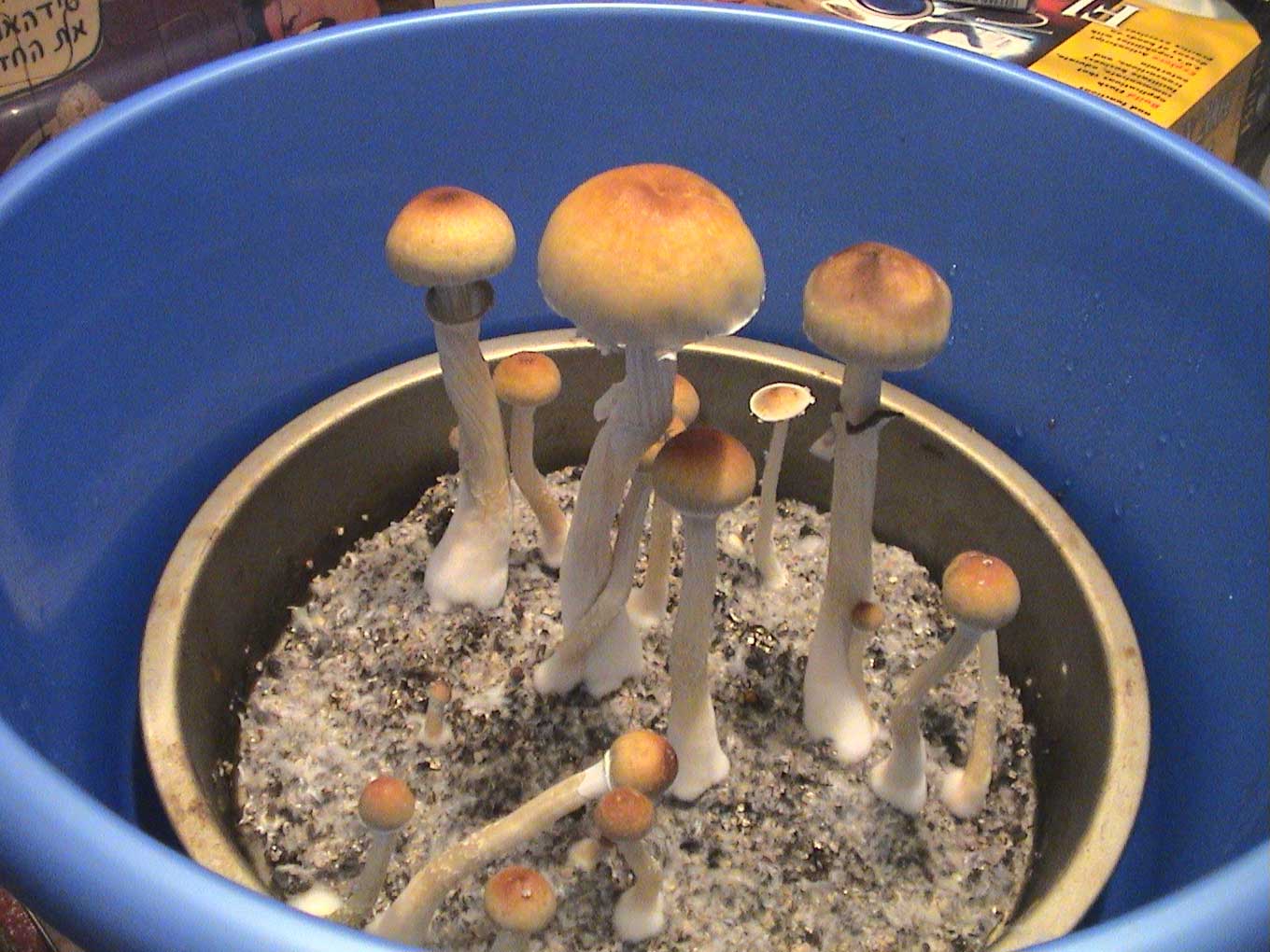
Wandering
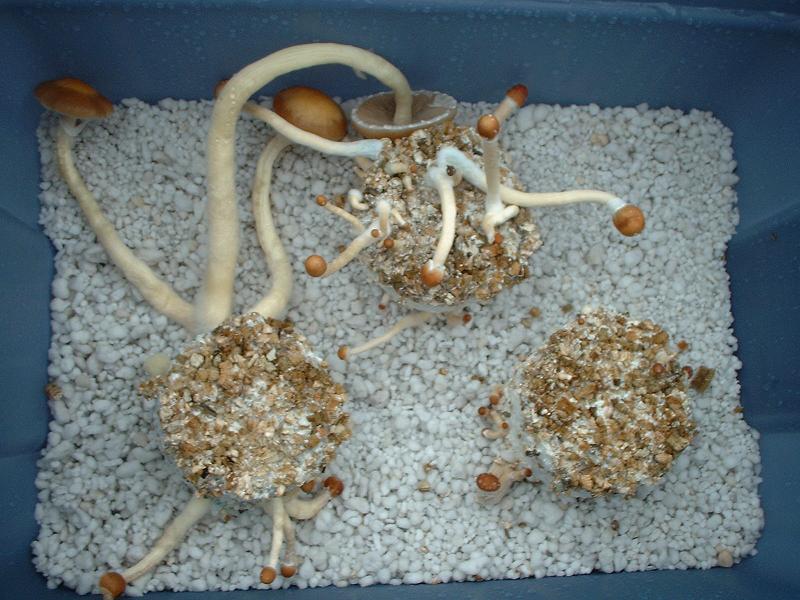
Spiralling Stem
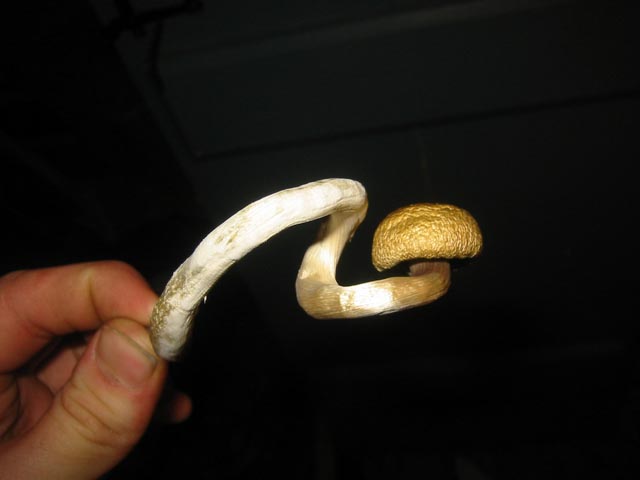
Sort
Half Torn Veil
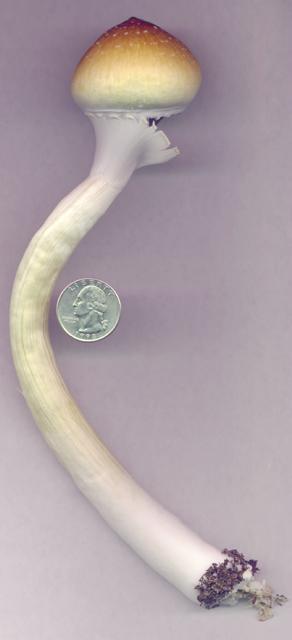
Long Snaky Stems
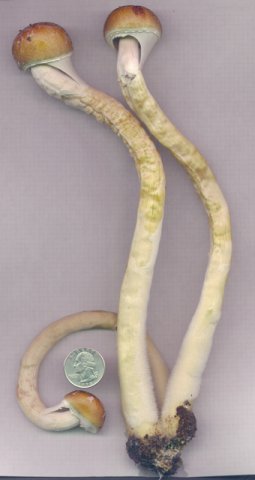
Mushrooms that Look Like Buns or Bread
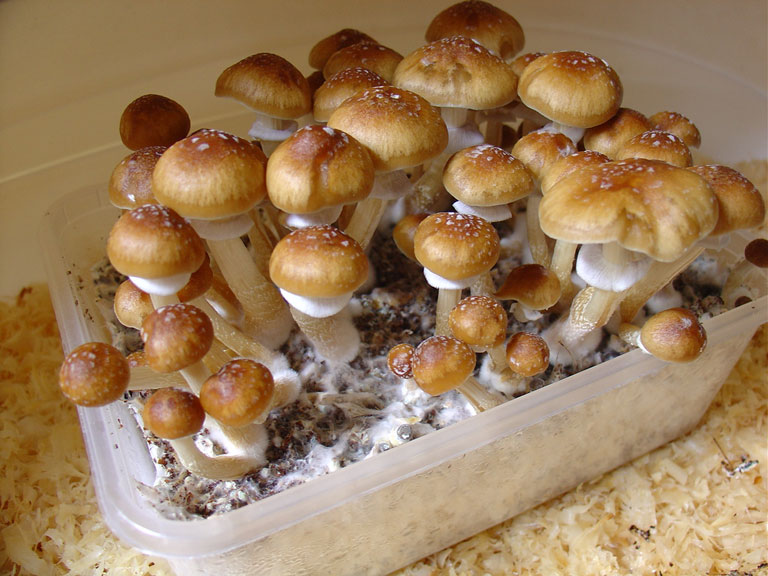
These look like buns - bread.
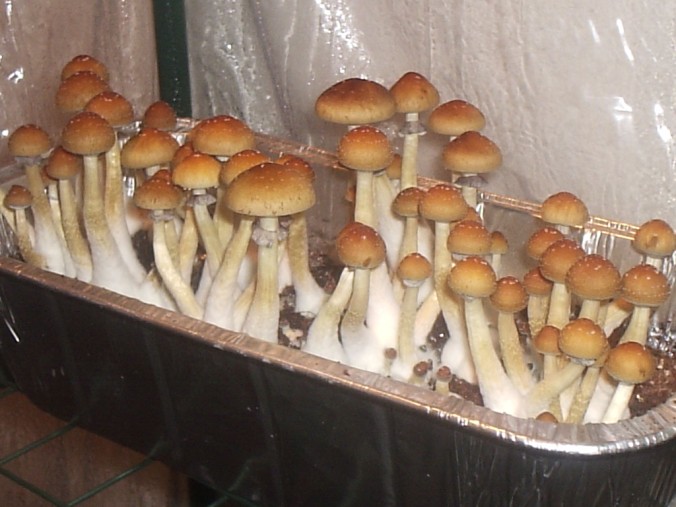
Side Shot
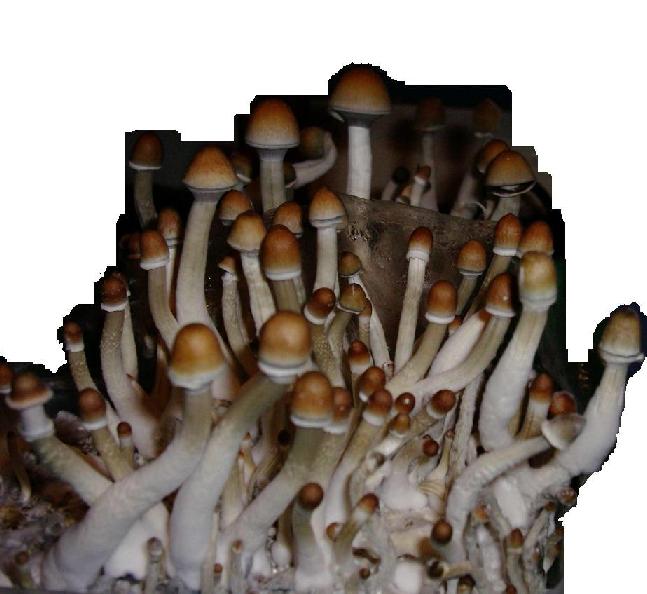
Wobble Babies

Baby Helmet
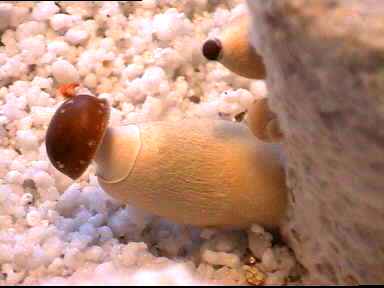
Tearing Veil with Knife
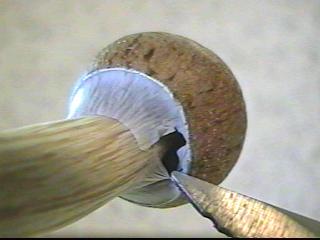
Torn Veil Underside
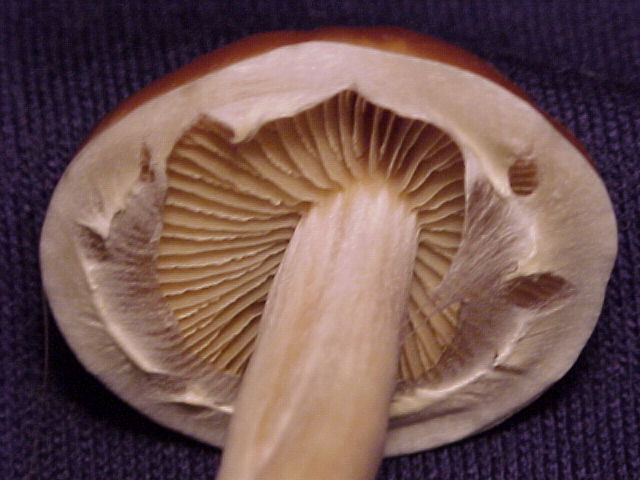
Torn Veil Underside

Home (theory of the ego death and rebirth experience)